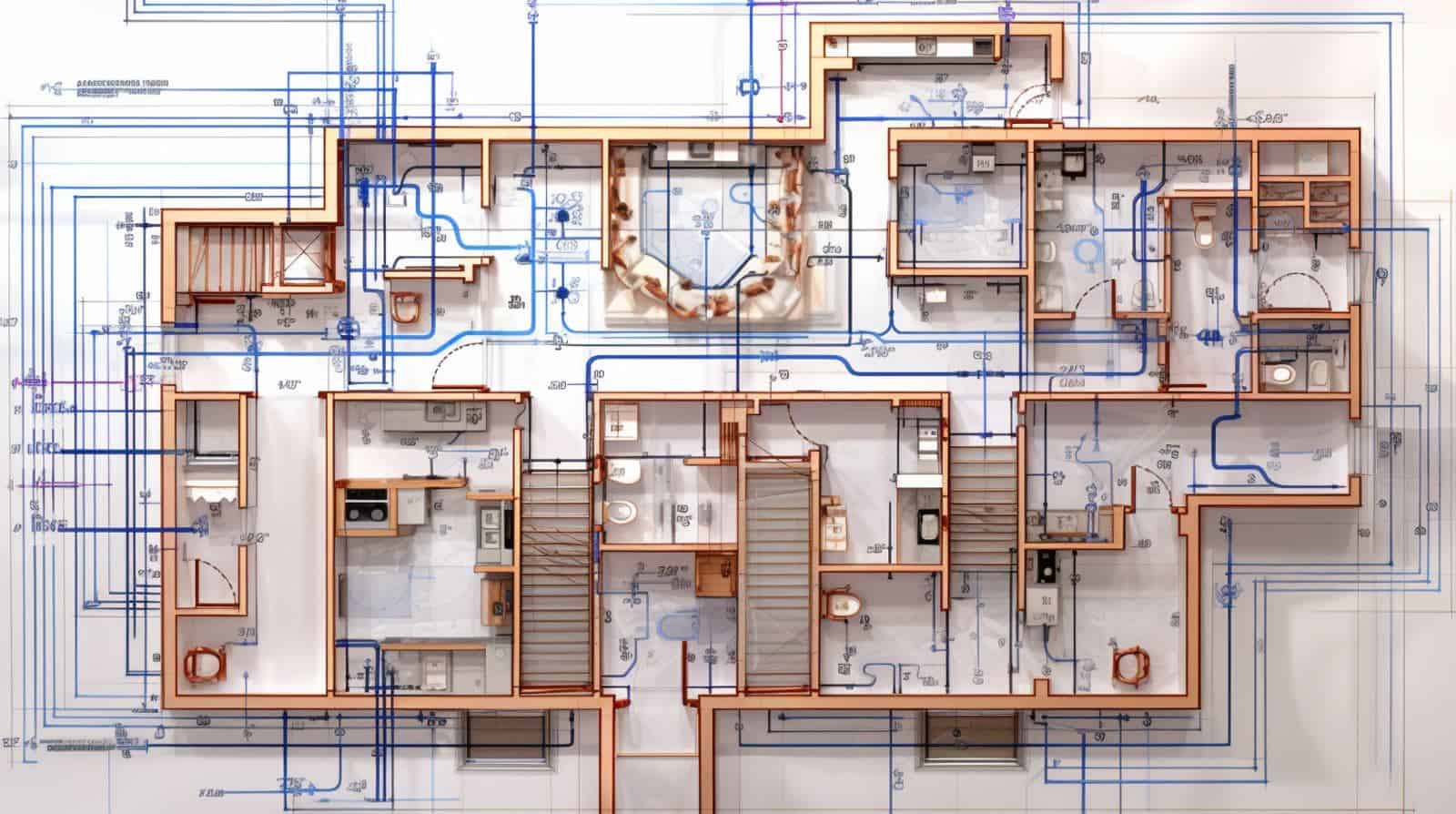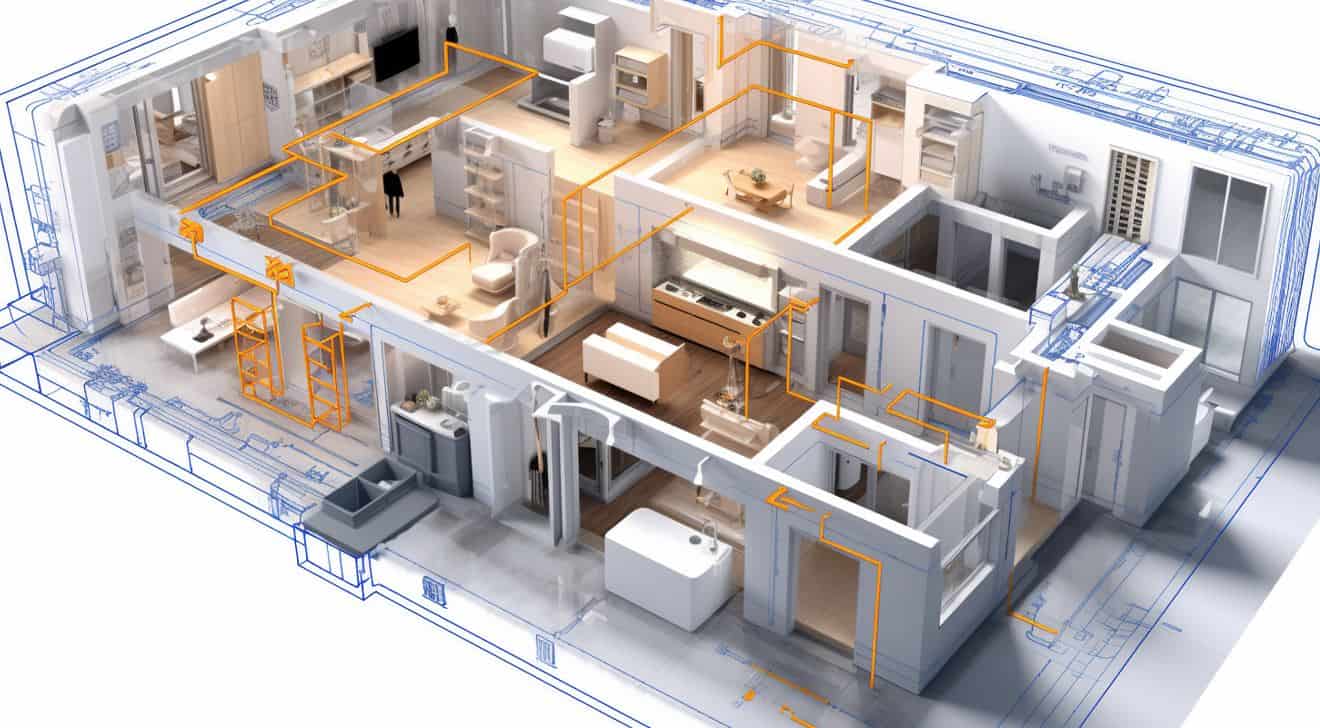
MEP stands for Mechanical, Electrical, and Plumbing systems in building construction. These systems are crucial for the functional performance of buildings and regulate thermal comfort, air quality, lighting, energy efficiency, and safe water delivery and waste disposal. In Canada, MEP systems must adhere to regulations enforced by various levels of government and their respective agencies.
Ensuring clear communication and coordination among the different MEP tradespeople is vital for the well-managed construction process.
Regular inspections are carried by local building inspectors throughout the construction process to ensure that MEP installations adhere to all the relevant codes and standards.
In conclusion, MEP systems in wooden buildings in Canada must conform to a variety of standards and regulations that ensure safety, efficiency, and comfort. The specific codes and standards may vary somewhat from one province or territory to another due to differing local amendments to the NBCC and local adoptions of codes. Always consider hiring licensed professionals for MEP design and installation, and verify that all work is compliant with the latest regulations and codes.

